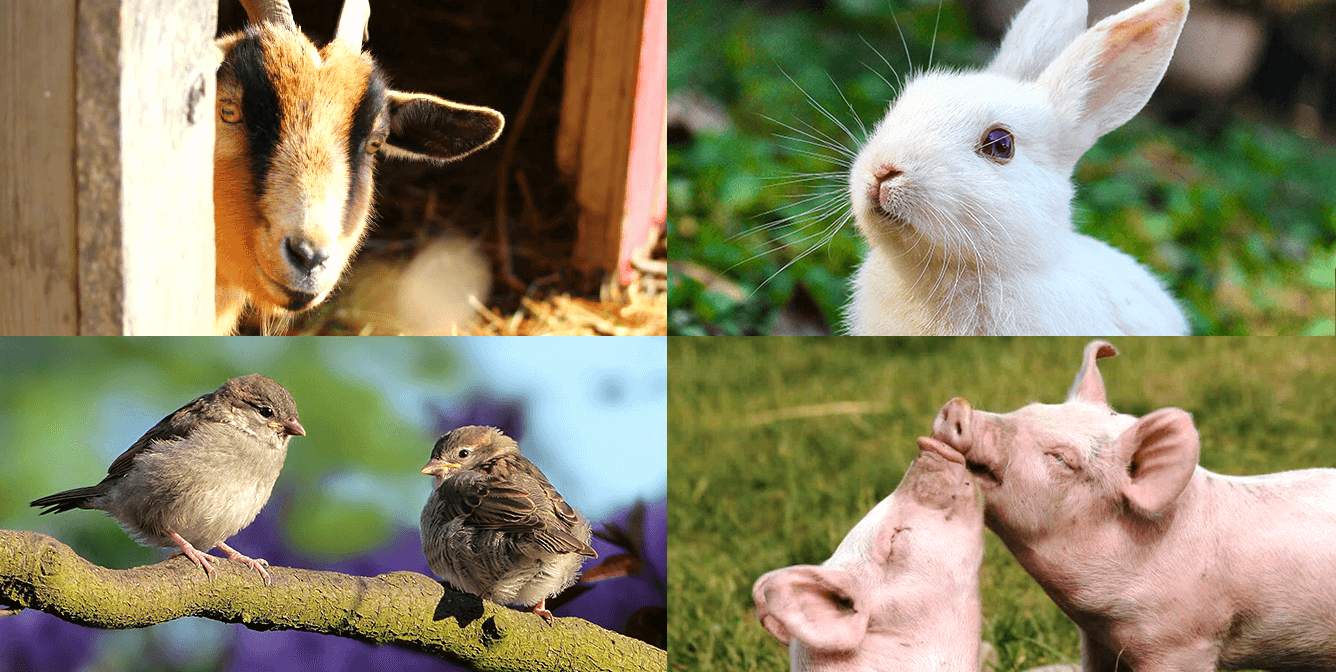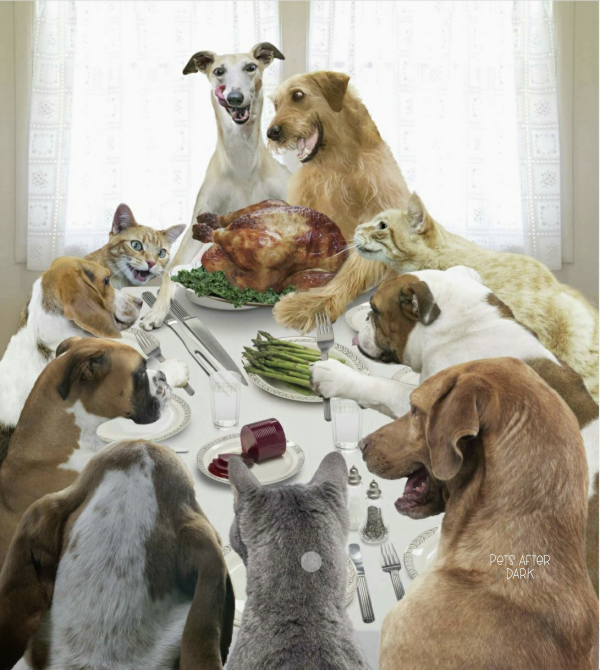
sen·tient /ˈsen(t)SH(ē)ənt/ adjective 1. able to perceive or feel things.
I recently presented at the Institute of Critical Animal Studies (ICAS) conference on “Recognizing Non-Human Animals as Sentient Beings”. I
Weeknights 7PM - Midnight
Weekends 8AM - Midnight

I hate sticks. Or at least I hate seeing a dog running with a stick or chewing on a stick. This behavior is forbidden at our house. Read on and you’ll understand why.
During my career as a veterinarian I have seen too many injuries, some gruesome, associated with retrieving and chewing sticks. I have seen a multitude of injuries in the oral cavity including splinters of the gums or tongue as well as lacerations of the oral cavity leading to infection. My own dog Xavi once got a wood splinter at the back of her mouth resulting in a retro-orbital abscess, an infection in the tissues behind the eye.
Wood splinters can also cause an issue anywhere along the digestive tract if they are small and sharp enough. I once saw a dog develop a pyothorax, which is a purulent infection in the chest cavity surrounding the lungs and heart because of a small wood splinter that had perforated the oesophagus. The same can happen in the abdomen if a splinter were to perforate the intestines.
Wood sticks can cause some pretty devastating injuries. I remember working in ER and a dog came in with a large, sharp stick embedded in the tissues inside his neck. This dog had been running with the stick in his mouth and somehow the stick had gotten stuck in the ground and, like a javelin, had penetrated through to the back of the throat into the cervical tissue. This dog ended up being really lucky. The stick avoided all the nerves and blood vessels in the area (travelling alongside the oesophagus) without ever perforating it and stopping just shy of invading the chest cavity. Through all of this, like a champ he was standing around, tail wagging, wondering what the fuss was all about.
Another dog was not so lucky and sadly was presented deceased because a sharp stick had perforated his chest and heart and there was nothing anyone could have done. I saw this case
years ago while working at my current position and he is the reason I never again threw a stick to play fetch with my dogs. I never again allowed them to chew on anything other than chew appropriate toys and bones.
Certain Woods Can Be Toxic If Chewed
1) Cherry wood, bark, leaves, and seeds contain cyanogenic glycosides, which can release cyanide when metabolized. While the wood itself is less toxic than the leaves or seeds, chewing on cherry wood can still pose a risk if the dog ingests it, especially in large amounts or from fresh-cut branches.
2) Yew wood is highly toxic to dogs due to the presence of taxine alkaloids which are potent cardiotoxins. All parts of the Yew tree (Taxus species), including the wood, bark, leaves, and seeds, contain these toxic compounds with the highest concentration in the leaves and seeds. Even small amounts can be deadly if ingested.
All types of yew are toxic even in small amounts. This is a tree best avoided in a yard where pets roam. Ingestion requires immediate veterinary attention!
3) Black Walnut (Juglans nigra) is toxic to dogs, primarily due to juglone, a toxic compound found in the wood, bark, nuts, and roots. While the wood itself is less toxic than the nuts or moldy parts it can still pose risks if chewed or ingested. Although Black Walnut toxicity is a much bigger concern in horses, moldy nuts or bark can cause mycotoxin toxicity in dogs which can be serious.
So the next time you see your dog running with a stick, looking for a stick, chewing a stick or thinking about chewing a stick-STOP them!
By Dr. Caroline Simard-Swimmer
Medical Director and Co-Founder, Pets After Dark

I recently presented at the Institute of Critical Animal Studies (ICAS) conference on “Recognizing Non-Human Animals as Sentient Beings”. I

Every year around this time pet owners are warned about toxic foods and holiday hazards. And while it’s important to

Life on the Inside: How to Keep Indoor Cats Happy (and Out of Trouble) There’s something fascinating about how differently
Pets After Dark is a subscription-based service that provides expert, local after-hours veterinary care.